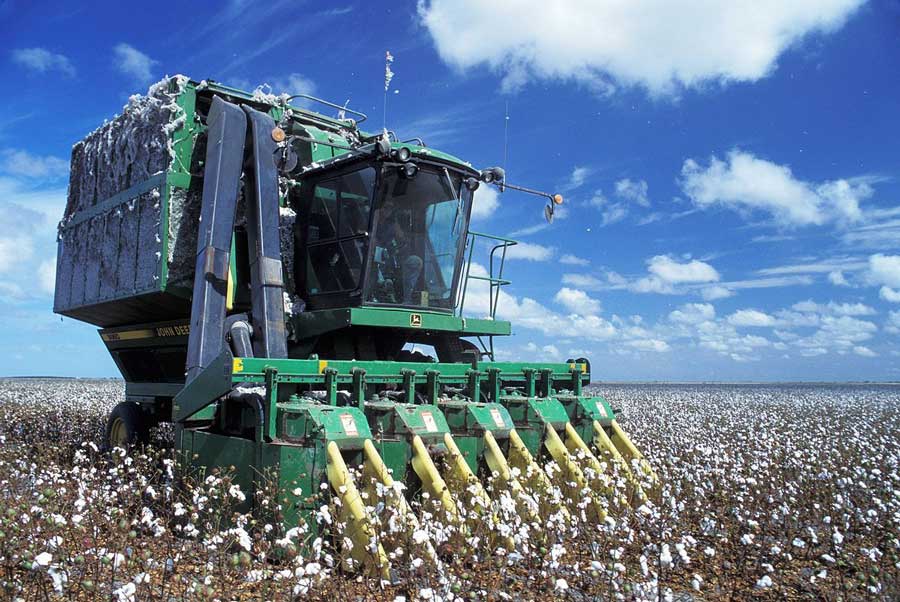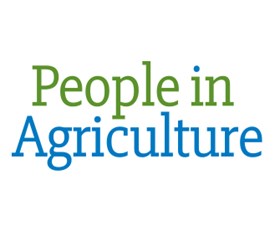Innovation Key to success of Narromine Cotton
28/6/2017
Harley Crawford, is a member of a family of farmers boasting a rich farming history that dates back to 110 years.
Harley Crawford, is a member of a family of farmers boasting a rich farming history that dates back to 110 years.
Characterised by creativity and practicality, the newest generation of the farmers works a hybrid cropping unit that generates crops both in winter and in summer months. Harley today works on the family owned farm with his parents and siblings. His sister oversees admin operations. Their farming property lies between the Trangie and Narromine region which mainly produces cotton in the summer months, cultivated under an area of drip and flood irrigation.
Harley said that they are now expanding more irrigation country under pivots to facilitate a more easy irrigation of crops (during summer or winter season). He disclosed that their winter crops include wheat, barley, chickpeas, and canola which are cultivated in circles for controlling the amount of weeds. Their winter crops are based on a dryland surface and they utilize a farming method with no till to facilitate the retention of moisture and improve soil.
To expand his knowledge of the field further, Harley gained a Bachelor of Agricultural Business at Charles Sturt university, a place he made many valuable friendships and connections with like-minded individuals who were also enthusiastic about Agriculture.
He revealed that the studies have allowed him to understand better crop and livestock production, as well as the financial aspects, which are vital for the modern Agriculture sector.
He further commented that the courses were very practical, and that they even went outside in the field checking various supply chains and communicating with a good number of farmers who helped him gain a more broader perspective on the field. He was also given the chance to travel beyond the area and find out more about the New Zealand agricultural industry.
Throughout his journey, he oversaw many different agricultural sectors like livestock (cattle, sheep, dairy cows), kiwifruit production, crops, and viticulture. This has given him the chance join with and communicate with people involved in other sectors of the industry.
He expressed that becoming a member of the farmer’s network was an immensely valuable experience for himself because it maintains current connections with the field.
Returning back to his family farm, Harley can’t hide his pride of being a cotton grower. He commented specifically that the field is constantly evolving and implementing new technological tools, while controlling waste and increasing sustainability of the crops. He added that modern methods of production, with the backing of Australian seed production regimes, are developing the largest produce globally and some of the most high quality cotton varieties on the planet.
He also hopes that in the future, a balance between water for agricultural and water for environmental purposes will be achieved. Harley has specified that there is too much water waste in the agricultural industry and that leads to an imbalance in resources. Based on Macquarie River Food Fibre sources, the 83GL of water that has been retrieved from Macquarie Valley is way more than the set goal of 65GL of water and much higher than the previous legislated amount of 20GL 7 years ago.
This of course is bad news for the sustainability of farming, as water is the driving force behind the local agricultural economy. For this reason, Harley called for better viability, responsibility, liability as well as expert feedback to evaluate whether the resource is utilized effectively or not.
He emphasised further that Agriculture is a vital part of the Australian Economy and contributes to 2.3% of Gross Domestic Product of the nation. Agriculture is the largest employer in rural areas and the surrounding supply chain infrastructure provides jobs to more than 1.5 million Australians. To support the industries future balance of resources must be achieved and every drop of water used must count.





